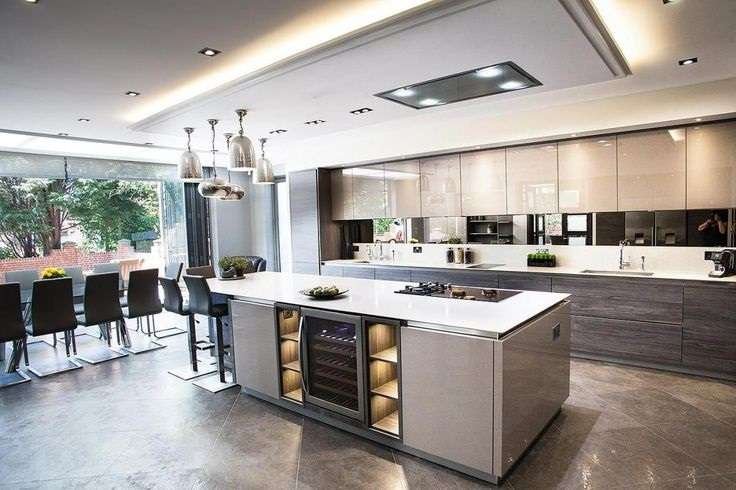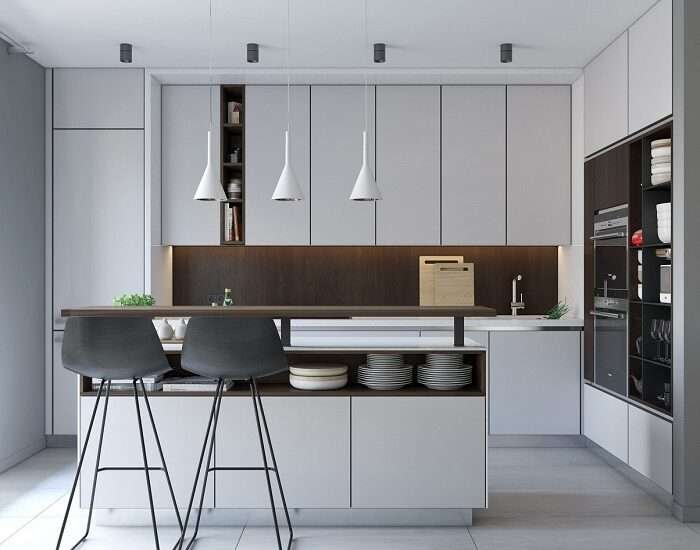Choosing the correct furniture and paint colours is only one aspect of creating a successful commercial workplace. An attractive workplace, eatery, or retail location can have a big impact on customer satisfaction, staff productivity, and brand image. Here’s where business interior designers step in, transforming your concept into a useful and motivating space through their magic.
But how can you pick the best partner for your project when there are so many design firms competing for your attention? Below is a summary of the most important characteristics to search for in consultants for commercial interior design:
1. Proven Experience and Industry Expertise:
Experience is most important. Seek out a design company that has a track record of accomplishment in your particular field. Whether you oversee a busy retail location, a creative firm, or a corporate headquarters, a consultant with prior expertise on related projects is aware of the particular requirements and difficulties that your area presents. Using their expertise, they can produce a design that maximises usability and appeals to your intended market.
2. Strong Portfolio and Design Philosophy:
A design consultant’s work showcases their expertise and creative approach. Seek out projects that fit the desired usefulness and look of your business. Does their portfolio feature creative, aesthetically pleasing, and user-focused spaces? Furthermore, comprehend their design philosophies. Do they prioritise designing classic, tasteful settings, or do they like to push the envelope with innovative trends? Select a consultant whose approach to design is in line with your goals.
3. Excellent Communication and Collaboration Skills:
A joint effort is necessary for a commercial interior design project to be successful. The consultant you select should be a skilled communicator who pays close attention to your requirements and worries. They should be able to take your idea and turn it into a well-defined design plan, as well as effectively communicate project progress to all parties involved.Additionally, having outstanding teamwork abilities is essential. The perfect consultant ensures that everyone is on the same page and the project progresses well by interacting with architects, contractors, and other stakeholders in a seamless manner.
4. Budget Management and Cost Transparency:
An important consideration in every commercial endeavour is cost. Look for a design consultant who respects your financial limits and provides clear pricing. They must to be able to give you thorough cost analyses and offer value engineering recommendations to maximise the design while maintaining usefulness and beauty.





